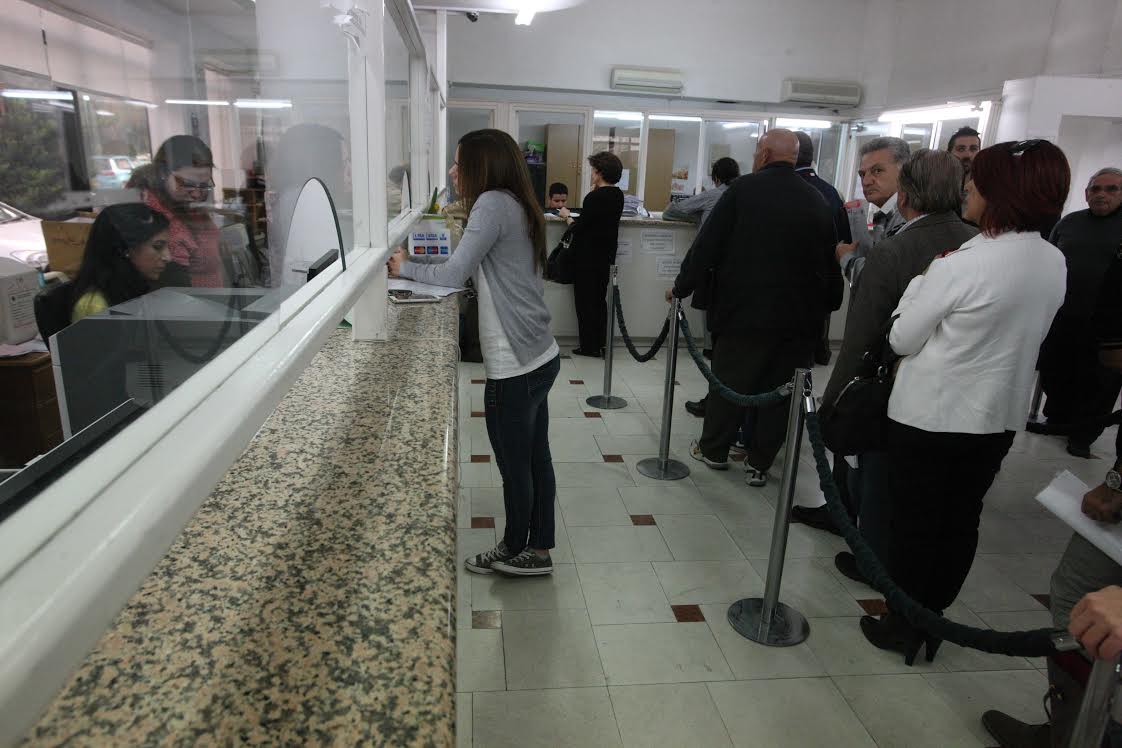US consumer prices increased by the most in seven months in November, but that is unlikely to discourage the Federal Reserve from delivering a third consecutive interest rate cut next week against the backdrop of a cooling labor market and rental costs.
Most of the rise in inflation reported by the Labor Department on Wednesday came from higher food prices as well as more expensive motel and hotel rooms. Rents, which have been the major driver of inflation, increased at the slowest pace since July 2021. That bodes well for the inflation outlook.
“The data have given the Fed the ‘all clear’ for next week, and today’s inflation data keep a January cut in active discussion,” said Ellen Zentner, chief economic strategist at Morgan Stanley Wealth Management.
The consumer price index rose 0.3 per cent last month, the largest gain since April after advancing 0.2 per cent for four straight months, the Labor Department’s Bureau of Labor Statistics said.
A 0.3 per cent increase in the cost of shelter, which includes hotel and motel rooms, accounted for nearly 40 per cent of the rise in the CPI. Shelter costs rose 0.4 per cent in October. The cost of lodging away from home jumped 3.2 per cent after climbing by 0.4 per cent in October.
Food prices increased 0.4 per cent after rising 0.2 per cent in October. Grocery store food prices surged 0.5 per cent, with the cost of eggs soaring 8.2 per cent amid an avian flu outbreak.
Beef also cost more as did nonalcoholic beverages. But prices of cereals and bakery products fell 1.1 per cent, the most since the government started tracking the series in 1989.
In the 12 months through November, the CPI climbed 2.7 per cent after increasing 2.6 per cent in October. The rise in the CPI was in line with economists’ expectations.
CORE INFLATION STUCK
Excluding the volatile food and energy components, the CPI increased 0.3 per cent in November, rising by the same margin for the fourth consecutive month.
Rents increased 0.2 per cent, the smallest gain since July 2021.
Owners’ equivalent rent, a measure of the amount homeowners would pay to rent or earn from renting their property, rose 0.2 per cent. That was the smallest gain since April 2021 and followed a 0.4 per cent increase in October.
In the 12 months through November, the so-called core CPI gained 3.3 per cent, matching the advance in October.
Despite the lack of progress in the inflation fight, investors took comfort from the moderation in the cost of rent and the fact that the core inflation had not deteriorated.
Yields on longer-dated US Treasuries were lower after the release of the report. The dollar was steady against a basket of currencies.
Financial markets have almost fully priced in a quarter-percentage-point rate cut at the Fed’s Dec. 17-18 policy meeting, according to CME Group’s FedWatch Tool. Before the release of the inflation data, the odds were roughly 86 per cent.
Fewer rate cuts, however, are expected next year than had been anticipated a few months ago.
Though slower inflation is forecast next year as rent costs cool and labor market slack grows, that could be offset by higher prices from tariffs and mass deportations of immigrants that have been promised by President-elect Donald Trump.
“From a fundamental standpoint, we do not see material upside risk to inflation,” said Stephen Juneau, an economist at Bank of America Securities. “That said, progress on inflation should stall next year given our expected changes to tariffs, fiscal and immigration policies.”
The Fed kicked off its monetary policy easing cycle in September. Its benchmark overnight interest rate is now in the 4.50 per cent-4.75 per cent range, having been hiked by 5.25 percentage points between March 2022 and July 2023 to tame inflation.
The annual increase in inflation has slowed considerably from a peak of 9.1 per cent in June 2022. Nonetheless, progress in lowering inflation to the US central bank’s 2 per cent target has virtually stalled in recent months.
The Fed, however, is now more focused on the labor market. Though job growth accelerated in November after being severely restricted by strikes and hurricanes in October, the unemployment rate ticked up to 4.2 per cent after holding at 4.1 per cent for two consecutive months.







Click here to change your cookie preferences